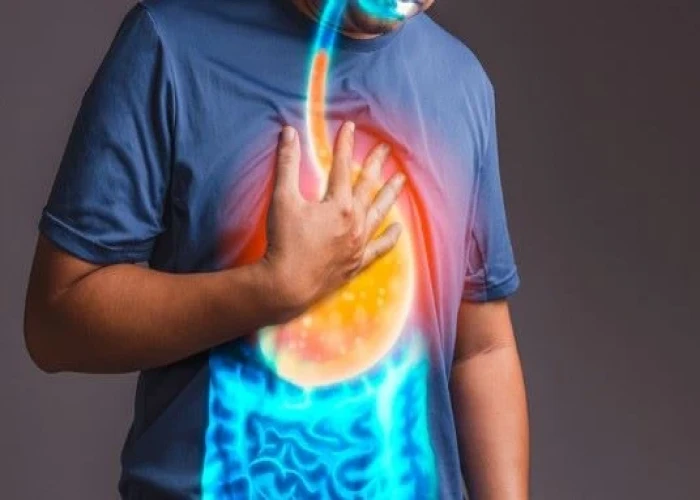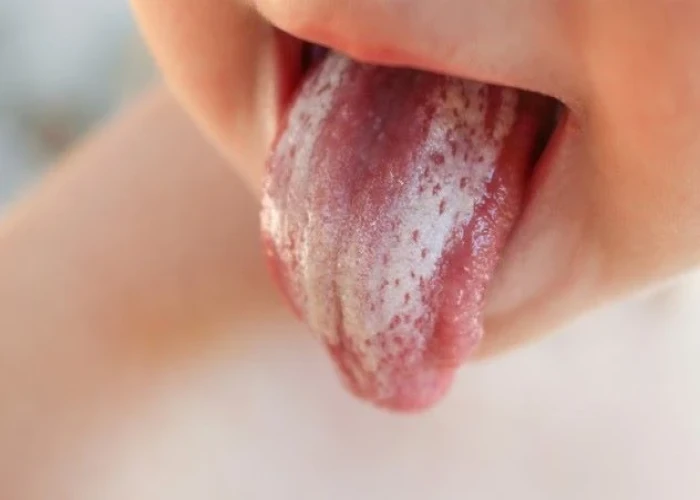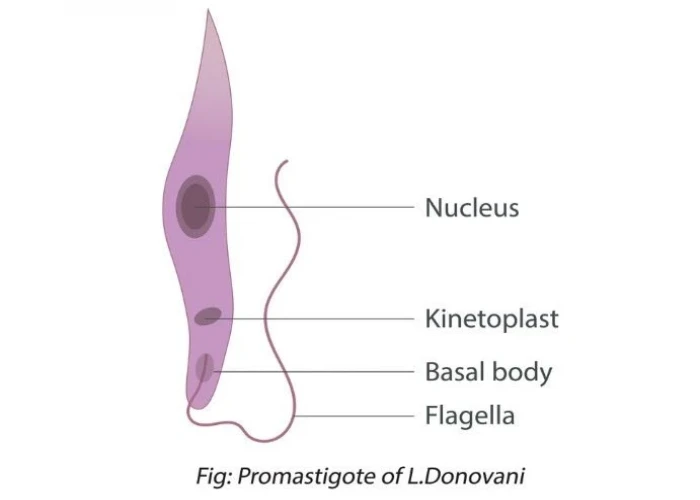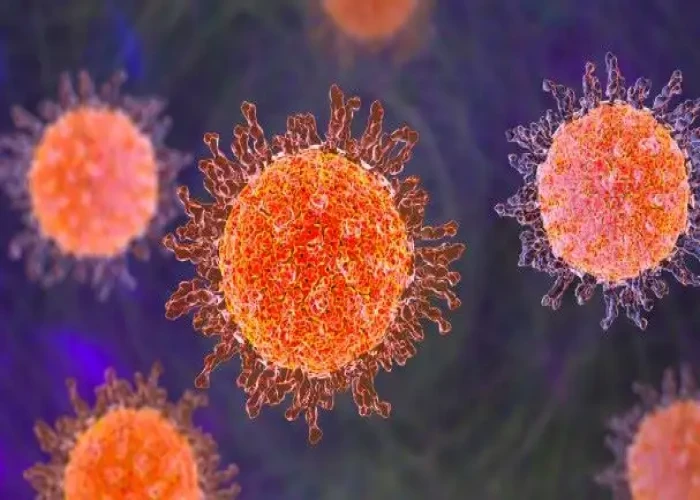 Welcome
Welcome
“May all be happy, may all be healed, may all be at peace and may no one ever suffer."
Sty

A sty, also known as a hordeolum, is a painful, red bump that forms on the eyelid, typically near the base of the eyelashes. Sites are usually caused by an infection of the oil glands in the eyelids and may be associated with a bacterial infection.
The symptoms of a sty may include:
- A small, painful bump on the eyelid
- Swelling and redness around the eyelid
- Tenderness or pain around the affected area
- Crust or discharge around the eyelashes
- Blurry vision, if the sty is large enough to affect the eye's ability to focus
Most sites will resolve on their own within a few days to a week and can be managed with simple self-care measures such as warm compresses and good eyelid hygiene. Applying a warm compress to the affected area for 10 to 15 minutes several times a day can help to relieve pain and swelling, and promote drainage of the sty. It is important not to pop or squeeze a sty, as this can lead to further infection or scarring.
In some cases, a doctor may prescribe antibiotic eye drops or ointment to treat a bacterial infection associated with a sty. Rarely, surgery may be needed to drain a large or persistent sty. If a sty is affecting your vision, or if it does not improve with self-care measures or prescribed treatments, it is important to see a doctor for evaluation and further management.
Research Papers
Disease Signs and Symptoms
- Eyelid lump
- Eyelid pain
- Swollen eyelid
- Excessive tears in eyes
Disease Causes
Sty
A sty is caused by an infection of oil glands in the eyelid. The bacterium staphylococcus is commonly responsible for most of these infections.
Disease Prevents
Sty
To prevent eye infections:
- Wash your hands. Wash your hands with soap and warm water or use an alcohol-based hand sanitizer several times each day. Keep your hands away from your eyes.
- Take care with cosmetics. Reduce your risk of recurrent eye infections by throwing away old cosmetics. Don't share your cosmetics with others. Don't wear eye makeup overnight.
- Make sure your contact lenses are clean. If you wear contact lenses, wash your hands thoroughly before handling your contacts and follow your doctor's advice on disinfecting them.
- Apply warm compresses. If you've had a sty before, using a warm compress regularly may help prevent it from coming back.
- Manage blepharitis. If you have blepharitis, follow your doctor's instructions for caring for your eyes.
Disease Treatments
In most cases, a sty doesn't require specific treatment, but using warm compresses can hasten the healing. A sty typically goes away on its own. Recurrences are common.
For a sty that persists, your doctor may recommend treatments, such as:
- Antibiotics. Your doctor may prescribe antibiotic eyedrops or a topical antibiotic cream to apply to your eyelid. If your eyelid infection persists or spreads beyond your eyelid, your doctor may recommend antibiotics in tablet or pill form.
- Surgery to relieve pressure. If your sty doesn't clear up, your doctor may make a small cut in it to drain the pus.
Disease Diagnoses
Disease Allopathic Generics
Disease Ayurvedic Generics
Disease Homeopathic Generics
-
Pulsatilla
6, 30 strength.
-
Graphites
30, 200 strength.
-
Staphysagria
30, 200 strength.
-
Hepar sulphur
6, 30 strength.
-
Lycopodium clavatum
30, 200 strength.
Disease yoga
Sty and Learn More about Diseases

Listeria infection

Rumination syndrome

Angelman syndrome

Mouth cancer

Oral thrush

Type 1 diabetes in children

HIV / AIDS

Kala Azar
sty, স্টাই, অঞ্জনি, আঞ্জলি
To be happy, beautiful, healthy, wealthy, hale and long-lived stay with DM3S.
